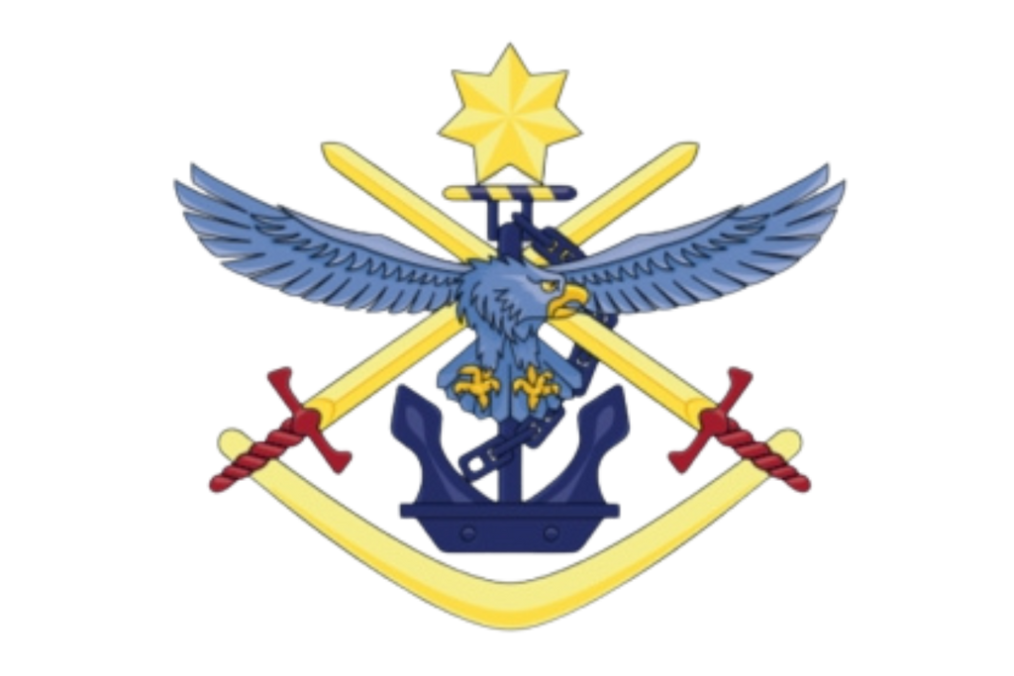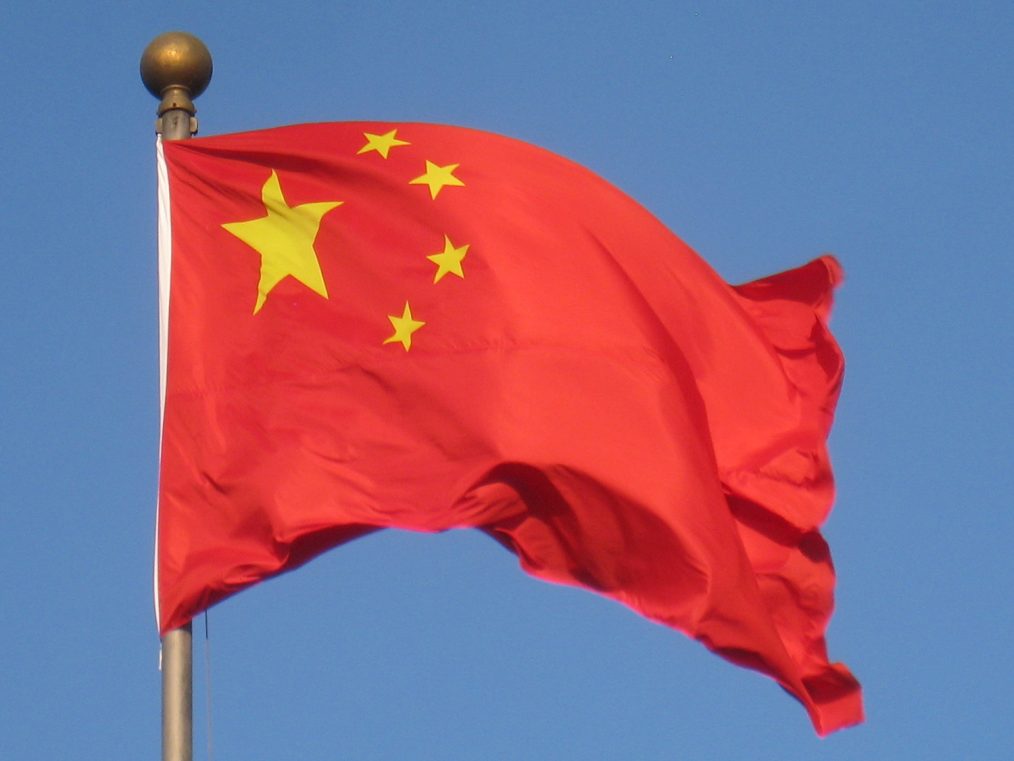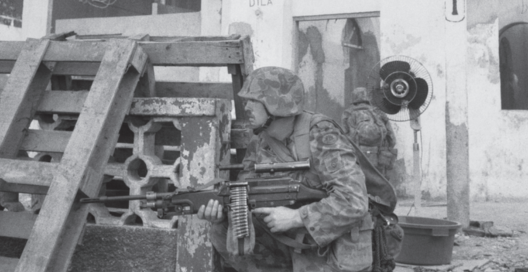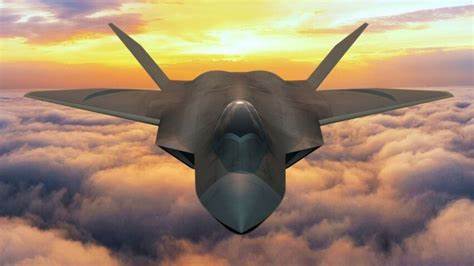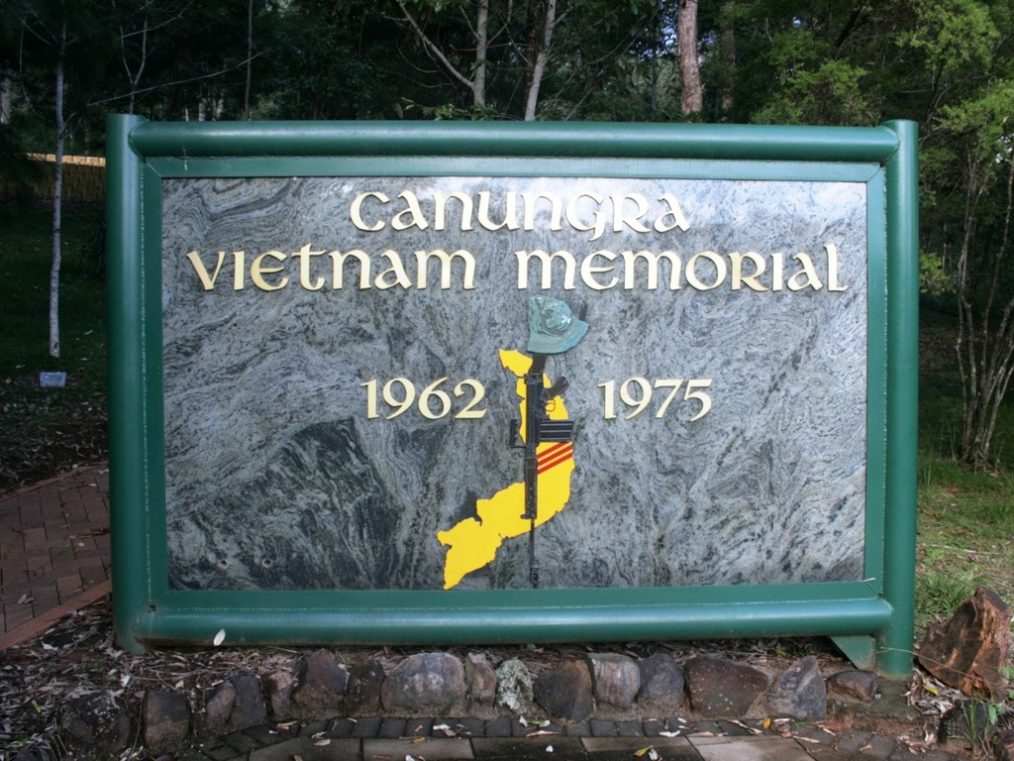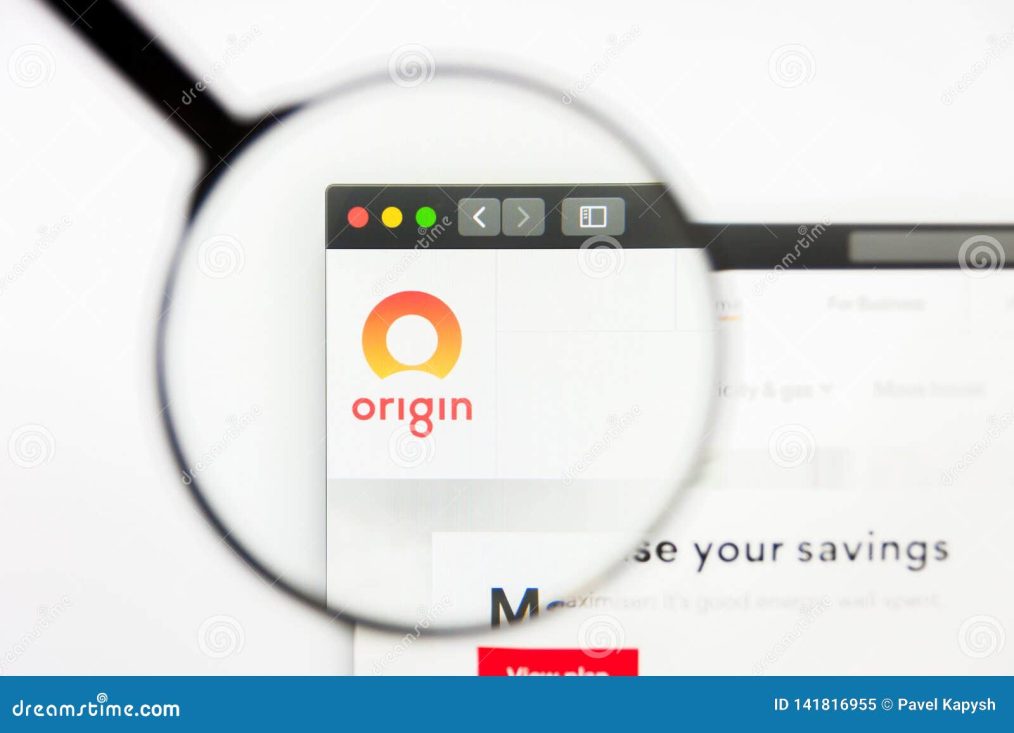The Russian Air Force, while experiencing fewer losses compared to ground forces, is in a state of disrepair. The war in Ukraine has accelerated the ongoing degradation of Russian equipment and capabilities, with the industry struggling to replenish these losses. Even before the conflict, the Russian Air Force was on a downward trajectory, relying heavily on aging aircraft. Despite propagandistic claims, Russian design bureaus and factories have been unable to provide adequate replacements for Soviet-era planes.
According to Defence 24 expert Maciej Szopa, out of approximately 1,200 Russian planes in service, 550 are nearing the end of their life cycle. These aircraft, including the Su-24, Su-25, Su-27, MiG-29, and MiG-31, are so worn out from extensive use that they are approaching their structural endurance limits. Ukrainian estimates suggest that Russia operates 300 aircraft of various types daily, indicating that most of its combat fleet is engaged in the conflict.
The real number of combat-ready Russian aircraft is at most 850 units. Of these, about 340-360 aircraft produced after 2010 (including the Su-30, Su-34, Su-35, and Su-57, as well as older strategic bombers) are considered capable of effective combat use in a hypothetical confrontation with NATO countries. Despite this, due to wear and tear, Russia is expected to retire about 60 aircraft this year alone, regardless of combat damage or losses.
In the first half of the year, Ukrainian forces have destroyed at least 12 Russian aircraft, as confirmed by photographic evidence. Meanwhile, Russian industry produced only 27 new combat aircraft in 2022, 24 in 2023, and just six by mid-2024. The number of decommissioned and destroyed aircraft far exceeds the production capacity of Russian industry, leading to a systematic decline in the Russian Air Force’s capabilities.


